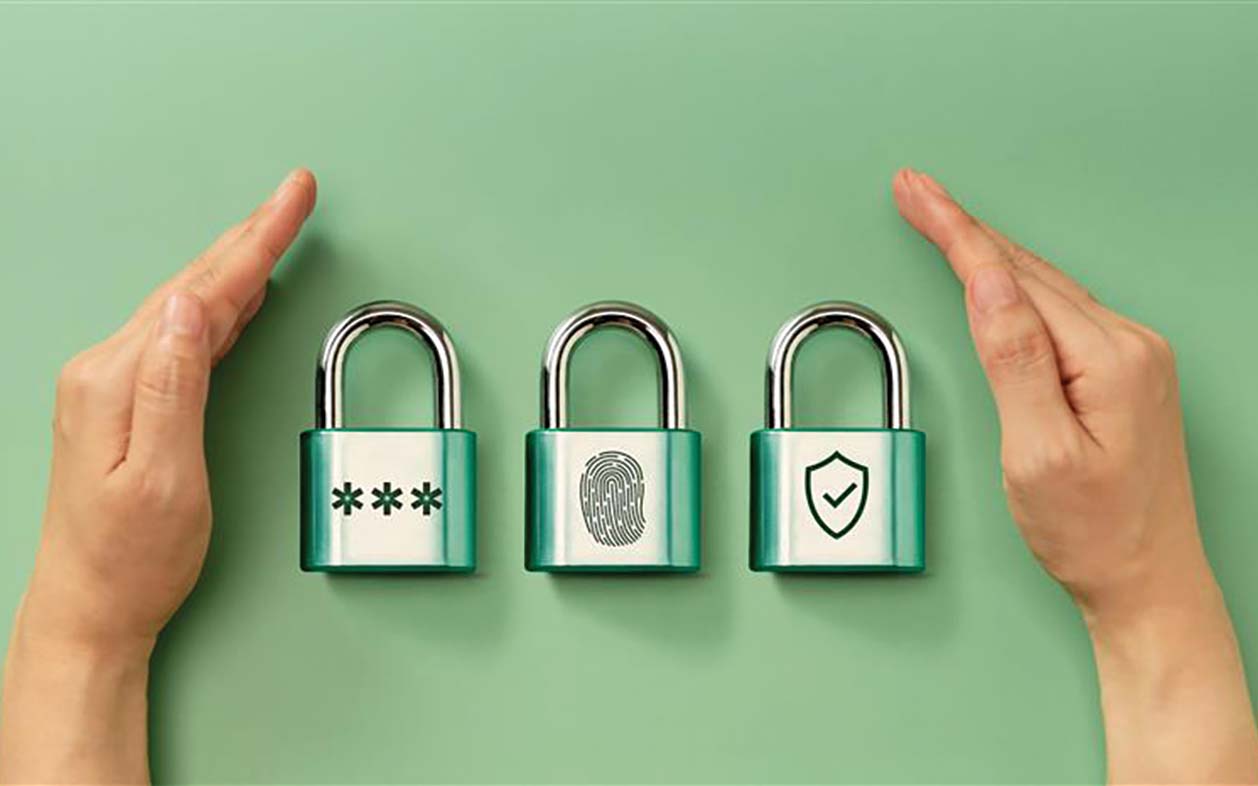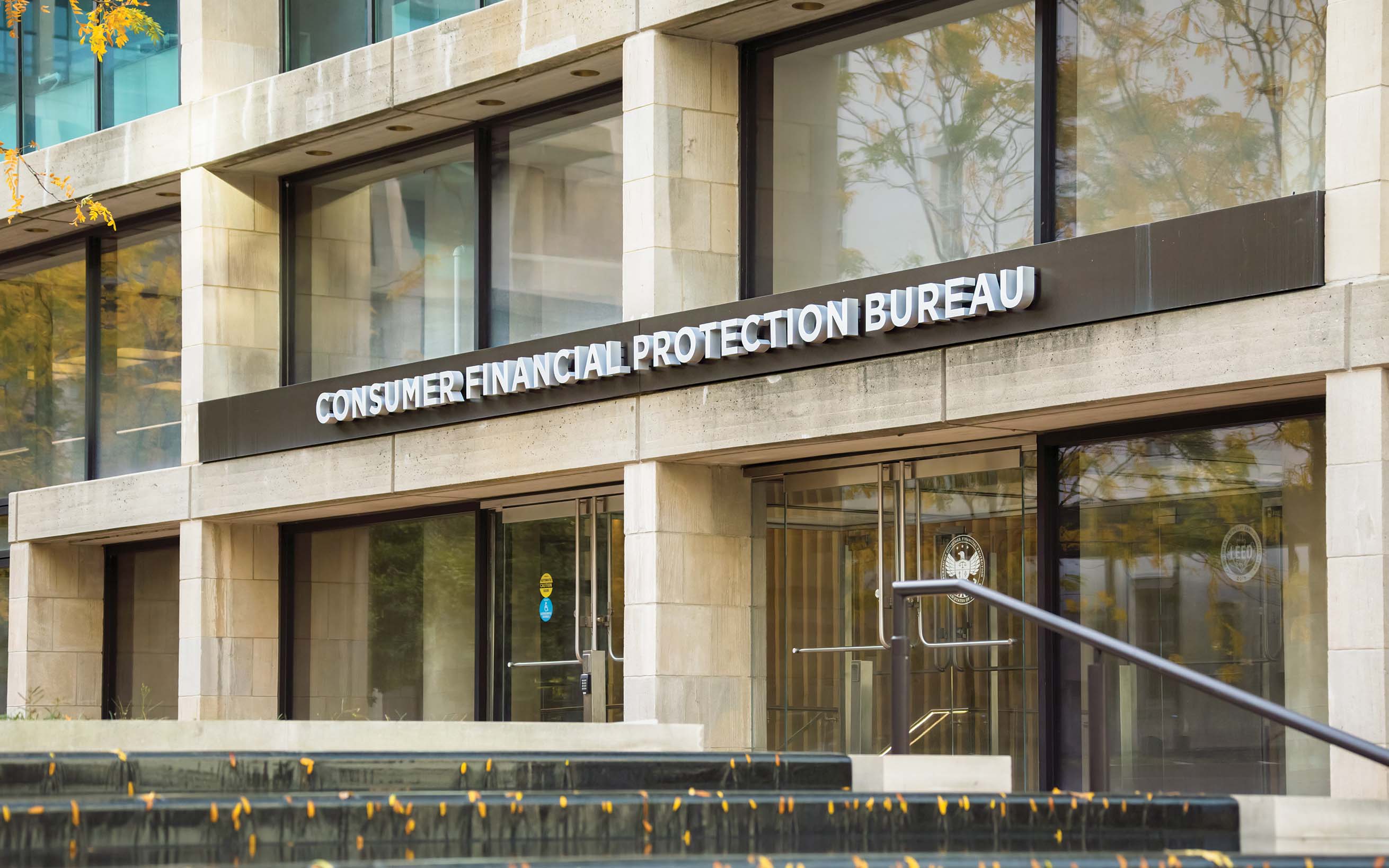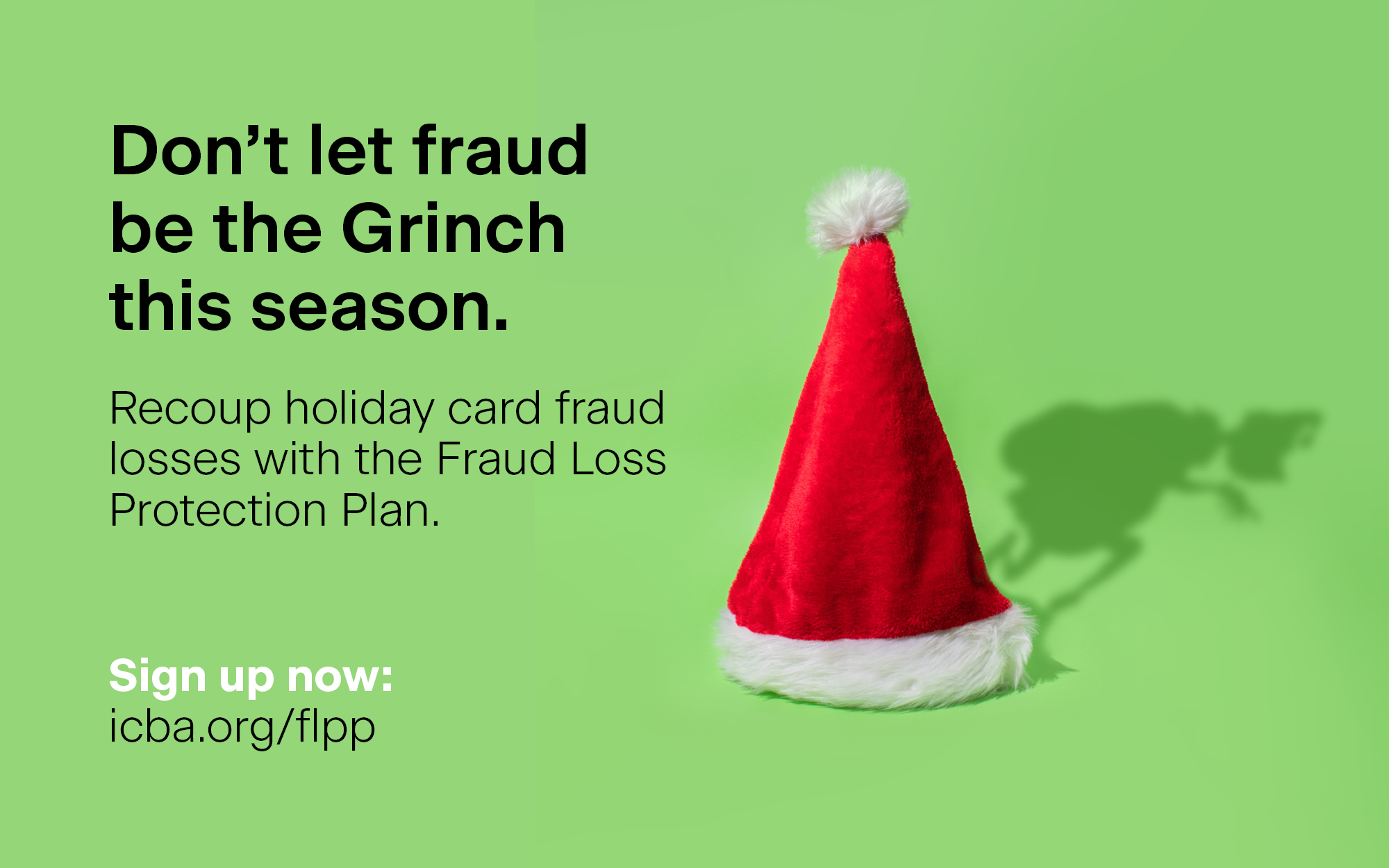Among ransomware and cyberattacks, it’s important not to forget about old-fashioned fraud—namely, check fraud. As incidents of this type of fraud increase, experts explain how to prevent and mitigate it.
Check Fraud: 3 Ways to Stop It in Its Tracks
January 11, 2024 / By Colleen Morrison
Among ransomware and cyberattacks, it’s important not to forget about old-fashioned fraud—namely, check fraud. As incidents of this type of fraud increase, experts explain how to prevent and mitigate it.
Nearly a year ago, the Financial Crimes Enforcement Network (FinCEN) issued an alert to all financial institutions highlighting a nationwide surge in check fraud schemes targeting the U.S. mail system. Then, in May, the United States Postal Service and United States Postal Inspection Service announced expanded actions to enhance mail security.
However, by September, the Office of the Inspector General of the United States Postal Service had found those efforts lacking.
Steps to mitigate risks
As 2024 begins, check fraud—particularly in the U.S. mail—continues to be a challenge, but community banks can act to protect their institutions and their customers. Experts point to three steps to bolster fraud mitigation efforts:
Employ new types of fraud mitigation software. Technology now allows community banks to monitor inbound checks more precisely. Using solution options from service providers may help community banks better identify potential fraud.
“We use software that actually compares images of cleared checks with clearing checks,” says Robert Voets, vice president, financial crimes in the fraud intelligence unit at $2 million-asset Ion Bank in Naugatuck, Conn. “If your check stock is a little different, we’ll get an alert. If someone writes something in the memo line that’s not on other checks, we’ll get an alert. Nothing’s 100%, but it gives us an idea of what to review.”
Educate business customers on the importance of positive pay. While businesses may be reticent to change processes to incorporate positive pay, providing examples of how this check fraud mitigation service works can protect them may make a difference.
For instance, Garett Boatright, assistant vice president and business services officer at $3.8 billion-asset First State Community Bank in Farmington, Mo., recounts the story of a customer who fell victim to check fraud and chose not to institute positive pay. To address the fraud, the customer closed their account and reopened it with a fresh account number. Six months later, the customer was hit again and was more prepared to consider a process change.
“We got them set up on positive pay, worked with them to build the file and upload it into our system, so they didn’t have to manually enter all of the information,” explains Boatright. “It was maybe three to six months after that they got hit again, but positive pay caught it.”
Work to move customers away from checks. According to the Federal Reserve, secure electronic payment methods can reduce payment risk for both businesses and individuals. By moving business customers to digital channels, community banks can reduce their check fraud risks.
“The best way to prevent check fraud is to stop the checks from entering the system,” says Kari Mitchum, vice president, payments policy at ICBA. “Encourage people to use other payment channels. You’ve got online banking. You’ve got ACH. You’ve got real-time and instant payments. You’ve got so many tools to transition people away from checks.”

It takes a village
While these steps help to mitigate check fraud, when it occurs, it takes the combined efforts of the financial services community, local law enforcement and the postal service to bring perpetrators to justice.
To begin that process, financial institutions need to connect with one another; however, sometimes identifying the right contact can be a challenge. Tools like ICBA Community, ICBA’s digital member platform, can help community banks canvass one another for contacts, and Nacha’s ACH Contact Registry, which has a field for financial institutions to include check contacts, boasts thousands of check professionals in its database.
Quick Stat
680K
The number of Suspicious Activity Reports related to check fraud reported to FinCEN in 2022
Source: FinCEN
In addressing fraud, community banks should also speak with local authorities for help in identifying perpetrators and dismantling fraud rings. “We’re all in this together, and we have to work with local law enforcement and postal inspectors,” Voets says. “We send any check that we suspect was stolen from the mail or counterfeited or altered to local postal inspectors, and we’ve had prosecutions. If you don’t tell them, they don’t know about it.”
“We can help provide solutions to mitigate risk, but we’re the ones that are going to have to be proactive in going out there to not only protect our customers but protect our own deposits.”—Garett Boatright, First State Community Bank
While there’s no silver bullet to end check fraud, by instituting these action steps, community banks can better protect themselves and their customers and bring these fraudsters to justice.
“We can help provide solutions to mitigate risk, but we’re the ones that are going to have to be proactive in going out there to not only protect our customers but protect our own deposits,” concludes Boatright.
No verification system mandate for U.S. Treasury checks
In February 2023, the U.S. Department of the Treasury Bureau of Fiscal Service released a notice of proposed rulemaking exploring mandated use of the Treasury Check Verification System (TCVS) to verify that Treasury checks are authentic and valid. On November 1, 2023, the final rule was published, and as advocated by ICBA, it included no requirements for financial institutions to utilize TCVS. However, ICBA encourages its use to catch canceled, duplicate or other problematic checks at the time of presentment.
Subscribe now
Sign up for the Independent Banker newsletter to receive twice-monthly emails about new issues and must-read content you might have missed.
Sponsored Content
Featured Webinars
Join ICBA Community
Interested in discussing this and other topics? Network with and learn from your peers with the app designed for community bankers.
Subscribe Today
Sign up for Independent Banker eNews to receive twice-monthly emails that alert you when a new issue drops and highlight must-read content you might have missed.
News Watch Today

Join the Conversation with ICBA Community
ICBA Community is an online platform led by community bankers to foster connections, collaborations, and discussions on industry news, best practices, and regulations, while promoting networking, mentorship, and member feedback to guide future initiatives.













